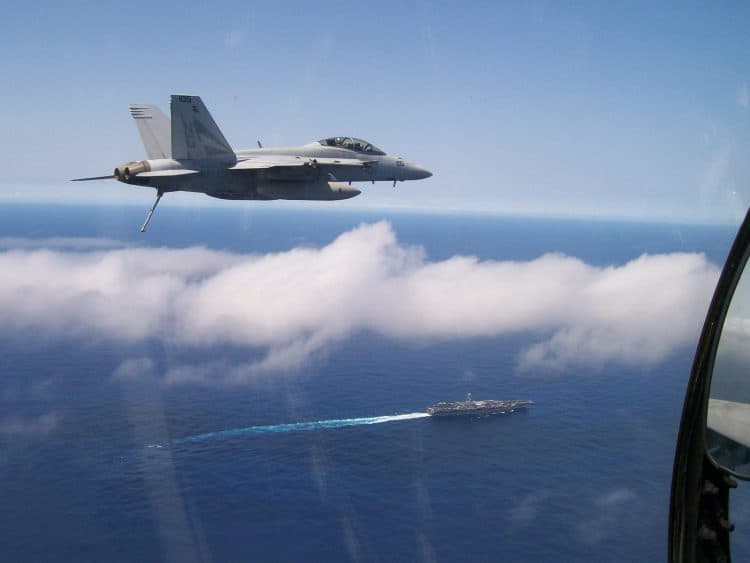Naval Aviation – Cultures, Attitudes and Career Path

If you’re interested in figuring out if Naval Aviation seems like your cup of tea, you’ll be interested in what sort of folks do the job, as well as what kinds of attitudes and cultures prevail. This is a topic probably worthy of its own novel and has had more than a few written on it—shout out to CDR Ward Carroll and his excellent Punk’s War series of novels, which are a great view of the culture from someone that’s been there—as well as a few feature films. You may have heard of at least one or two… But let’s try to cut through the Hollywood and get to the real deal, shall we?







